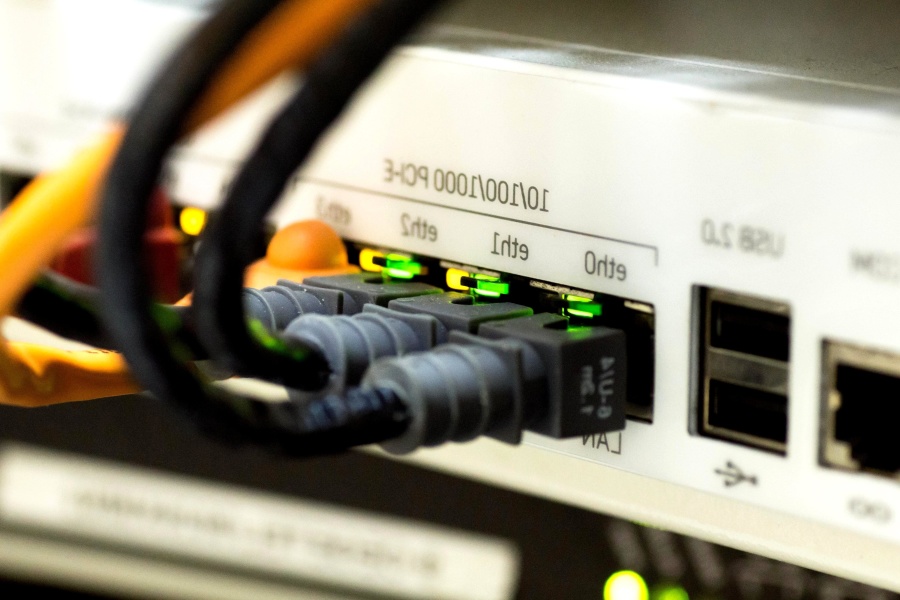
Blogs

Wireless Deployment Best Practices
October 29, 2018

Planning a wireless deployment starts long before deployment commencement. IT professionals need to define the project by listing deployment goals, and analyzing feasibility and risks; identify and notify personnel involved in the deployment; identify and notify personnel affected by the deployment; and, create a detailed maintenance window schedule. An improperly planned WLAN deployment will create network inconsistencies that could damage business capabilities and negatively impact user experience.
In general, it’s helpful for IT to reach out to facilities on an ongoing basis. Keep abreast of any changes that could affect the bandwidth, channel selection and utilization of the wireless network. Ask for updates on infrastructure changes such as new wireless projectors, wireless outlets, doors, security cameras, and lights. Even something like new ductwork can have an effect on existing AP placement. During outreach, explain to facilities why the information is needed. This education on what can cause interference enlists facility managers’ help in early prevention.
This best practice keeps IT aware of network coverage and capacity necessities, two key considerations when planning a WLAN deployment. Coverage planning entails knowing the physical environment that will house the network, and knowing what factors will affect signal power, range and attenuation. Capacity planning is a newer focus, one that is incredibly important. With so many new devices on the market, and the practice of 1:1 Computing and BYOD, understanding utilization and demand are core elements of deployment planning.
When it is necessary to roll out changes, follow these five best practices:
Gather Requirements and Create an Implementation Plan
Ensure everyone involved understands the purpose of the deployment and all requirements necessary for success. Even if there is regular communication with the facility, schedule a site tour to finalize coverage and capacity needs. Pay attention to:
-
Current capacity and RF demand
-
Modes and channels utilized/supported
-
Environmental factors that could affect range and performance
-
Signal-to-noise ratios


